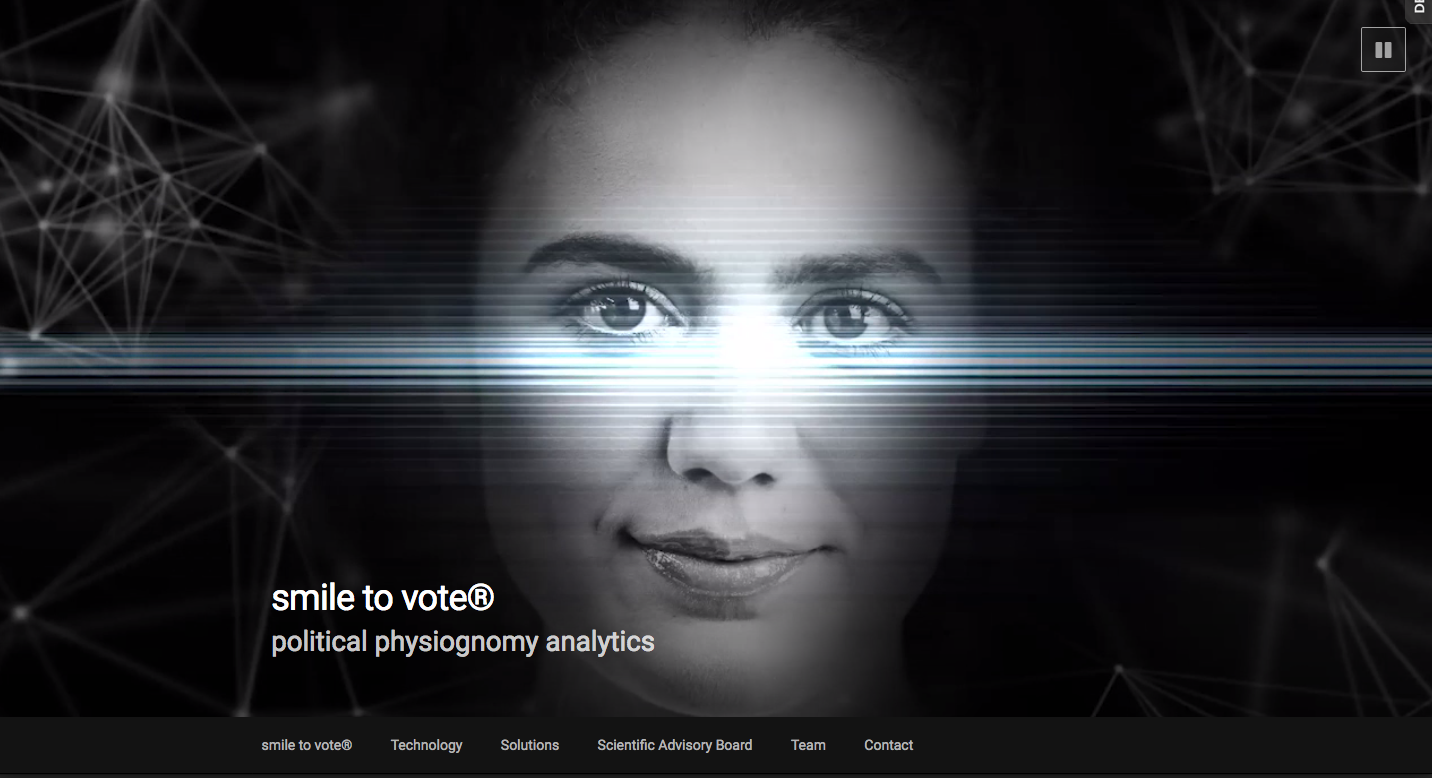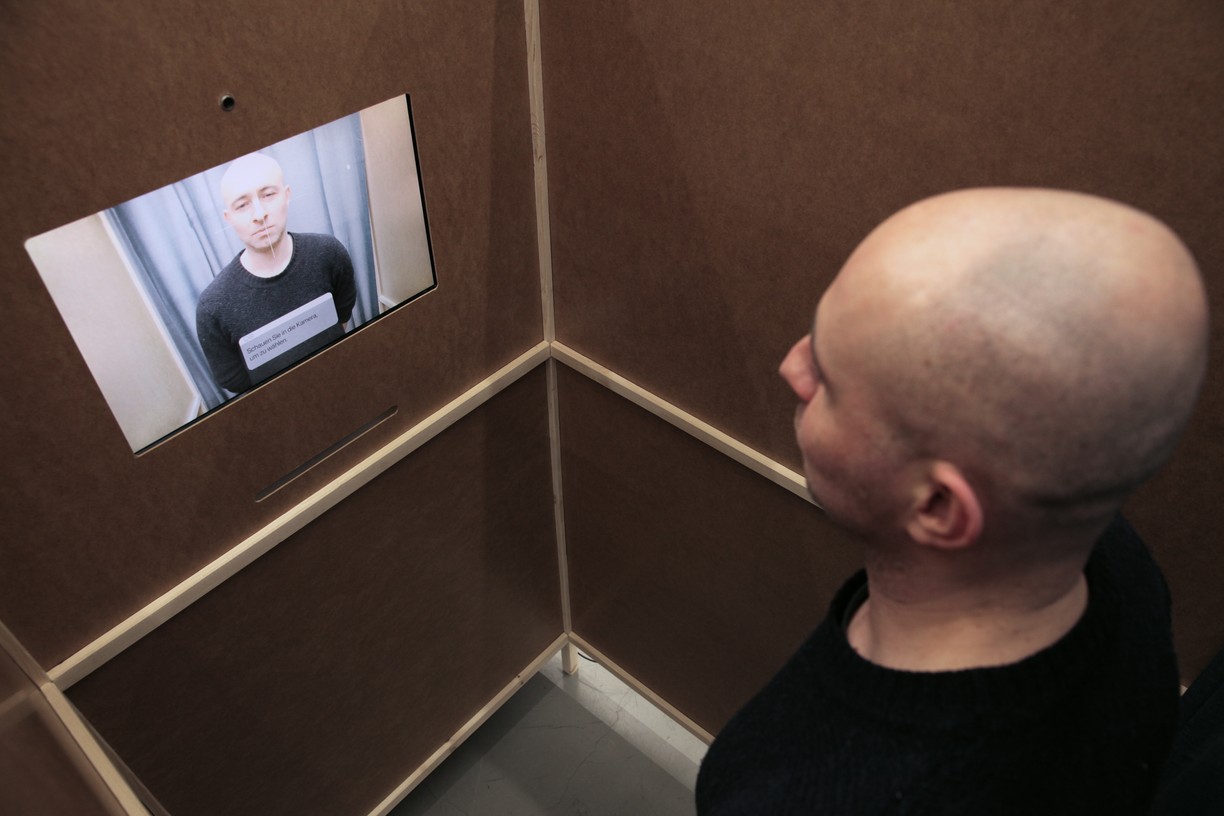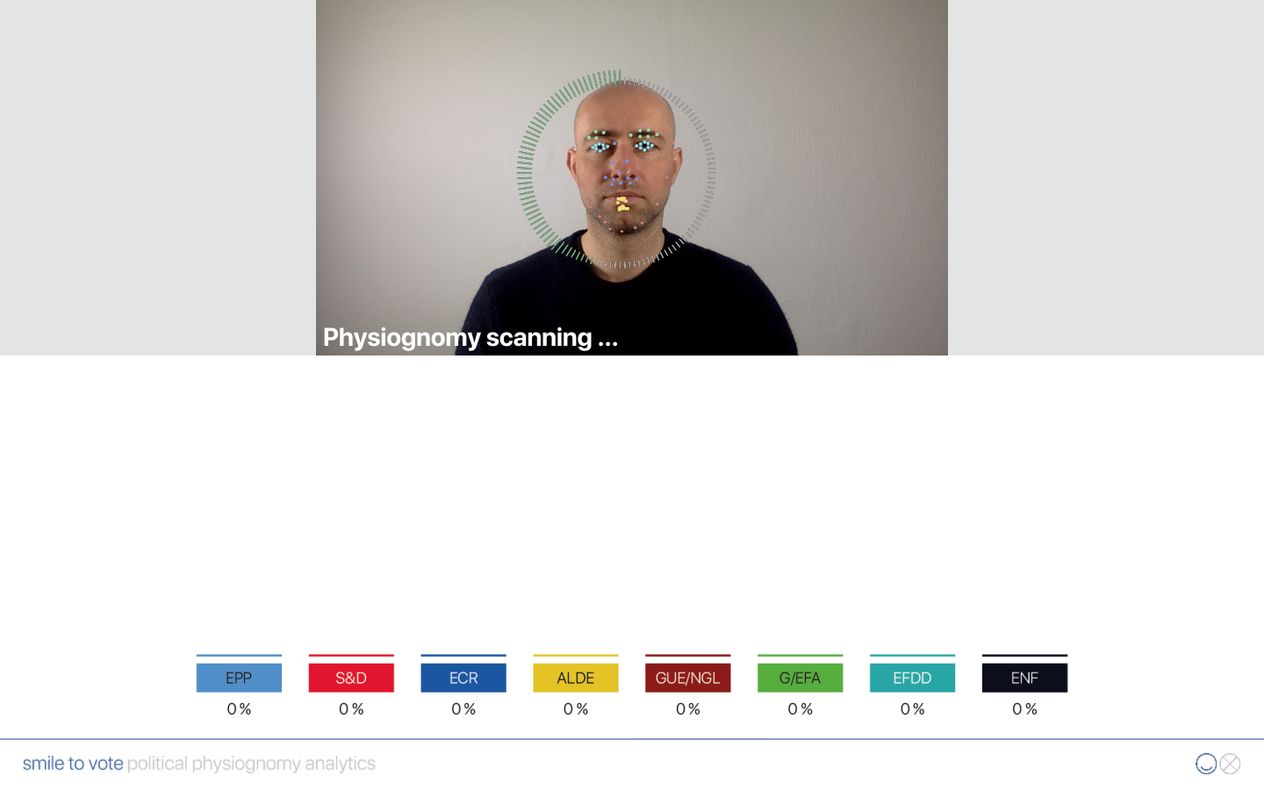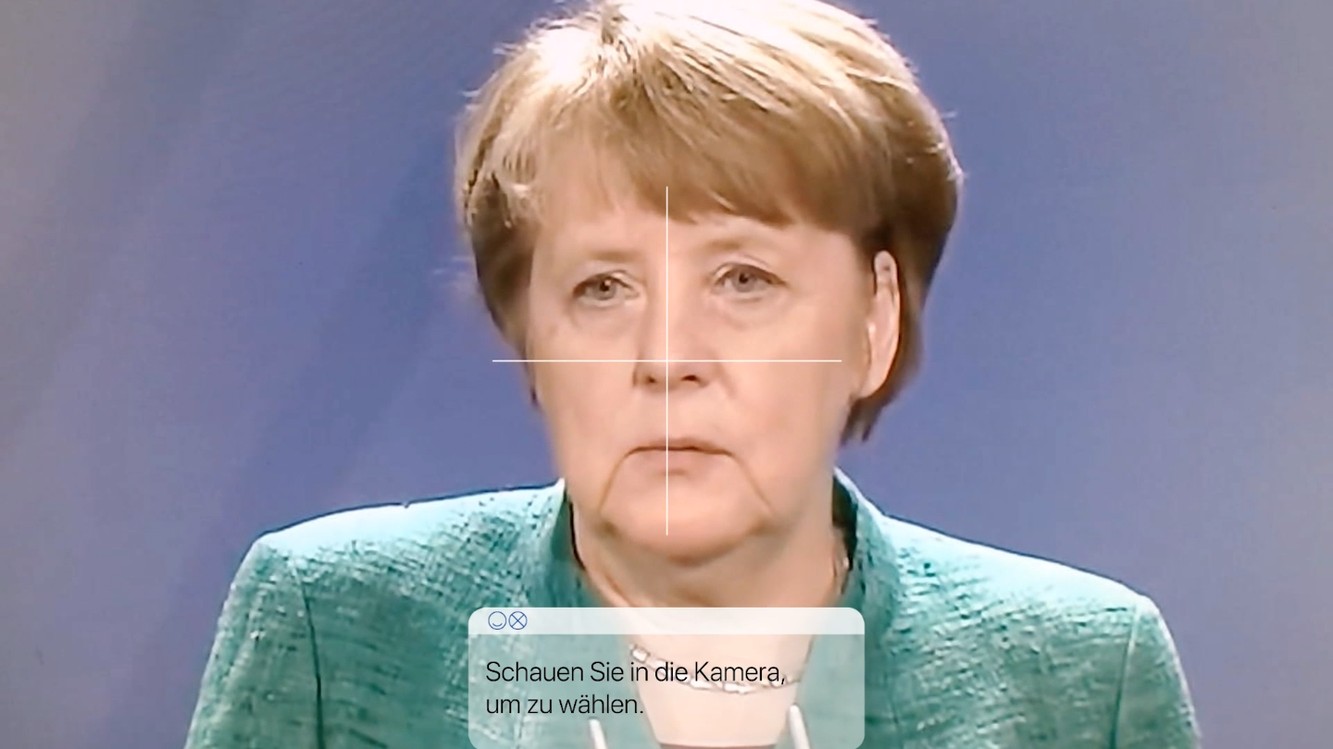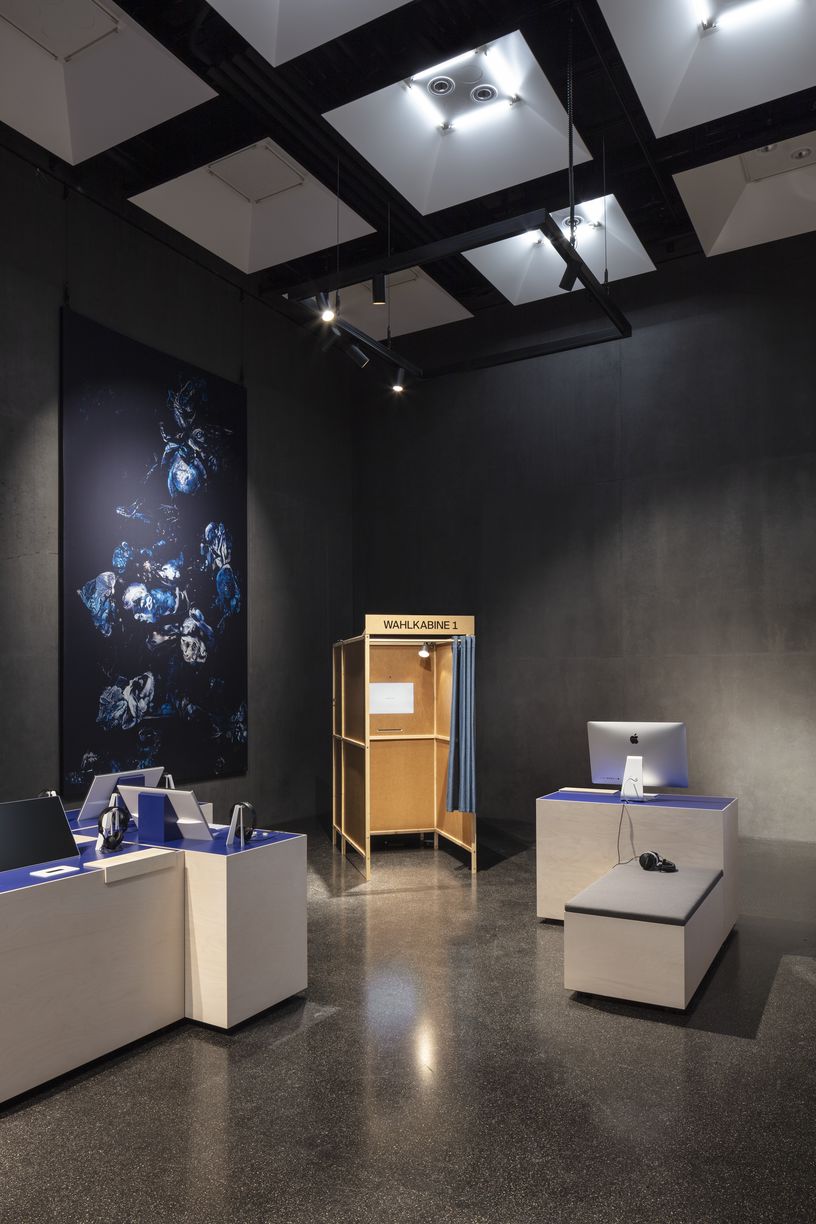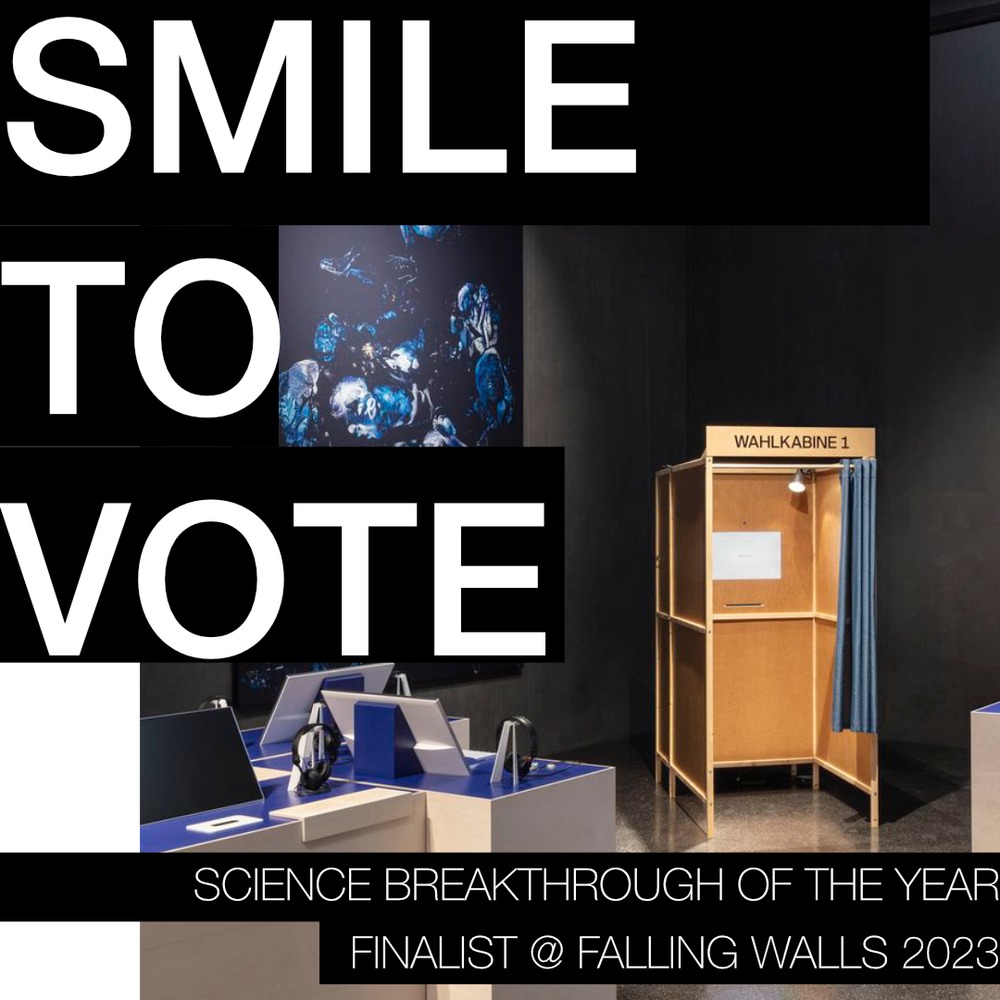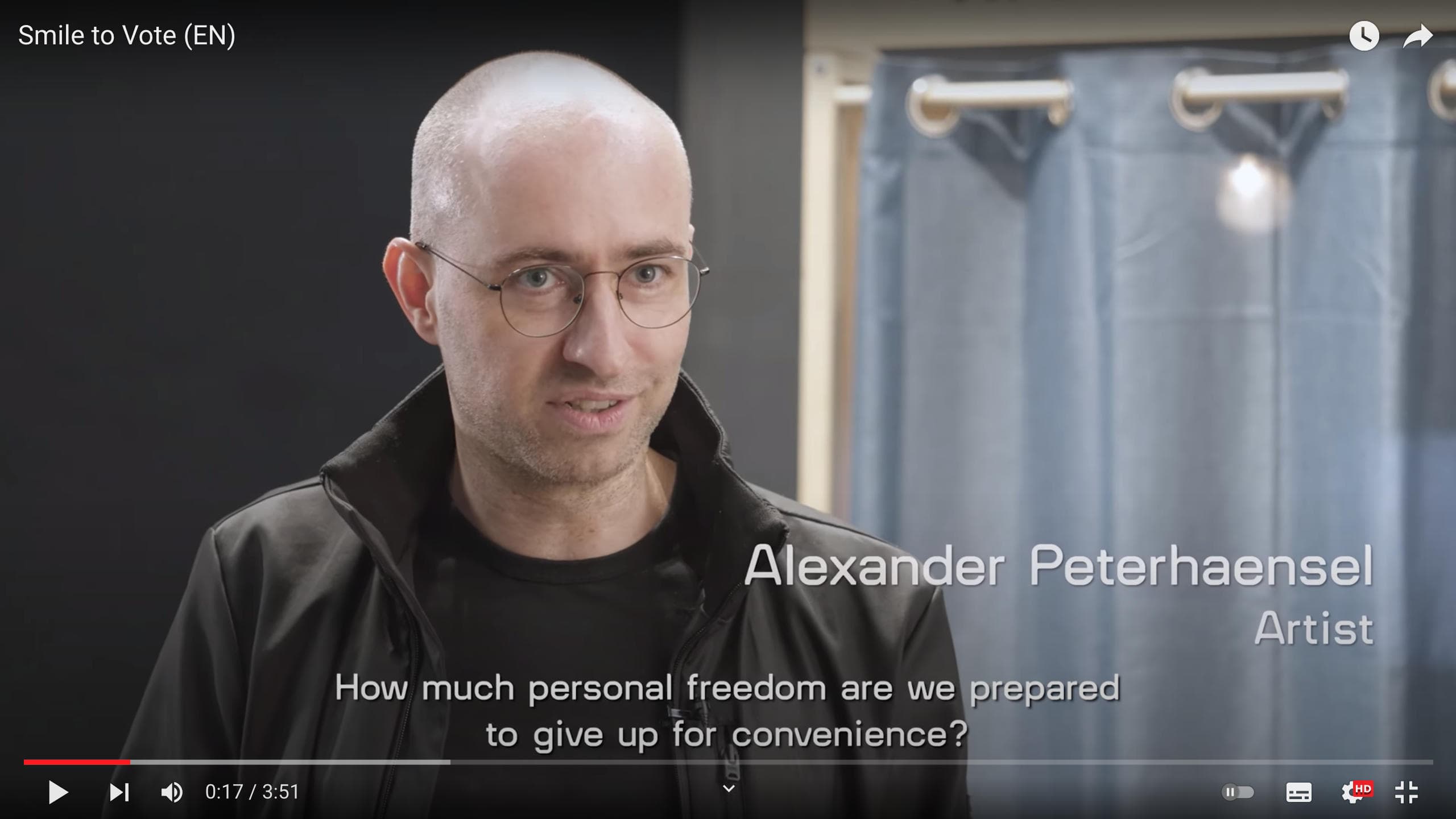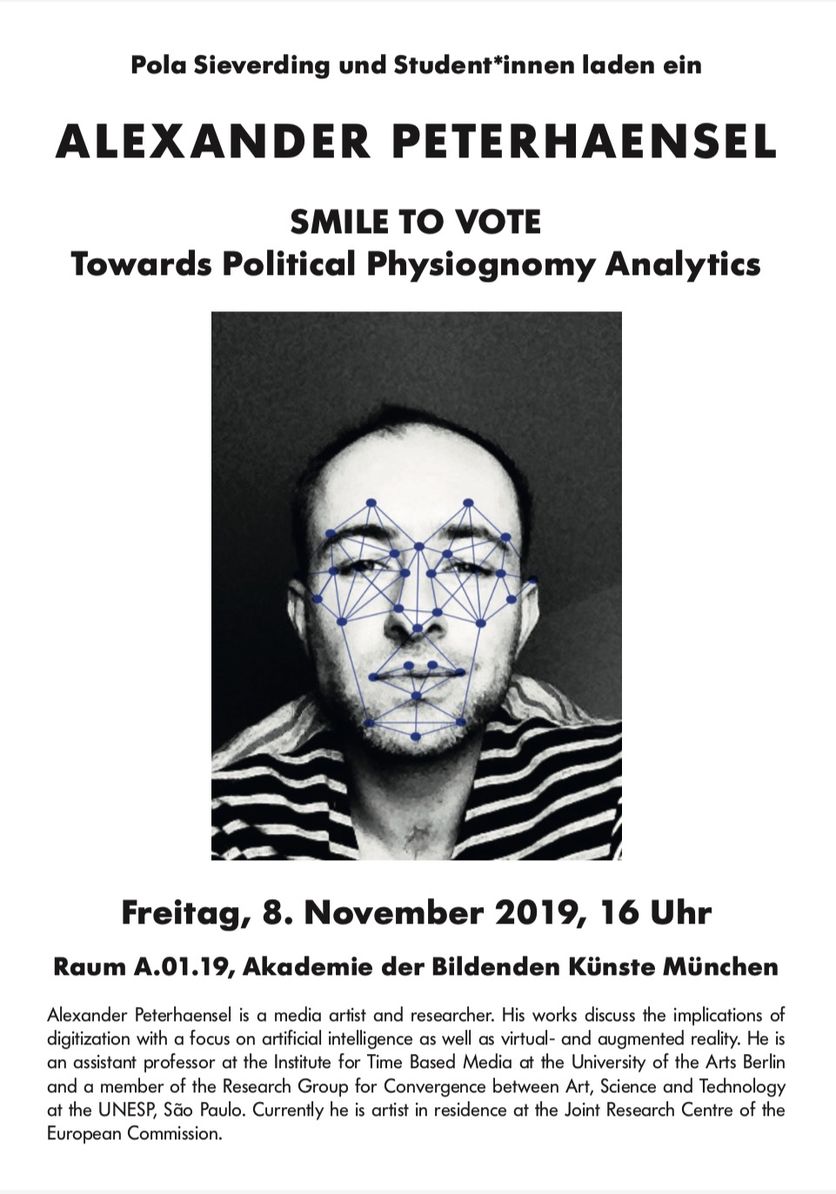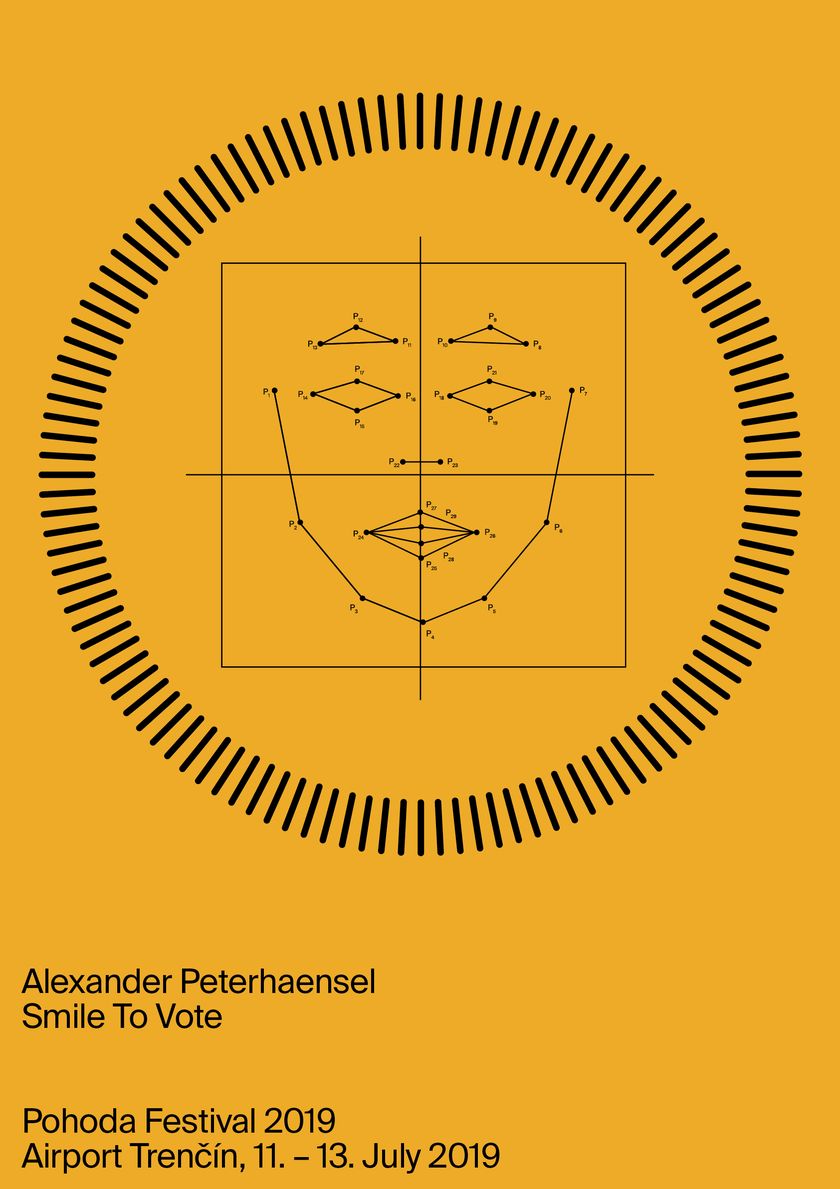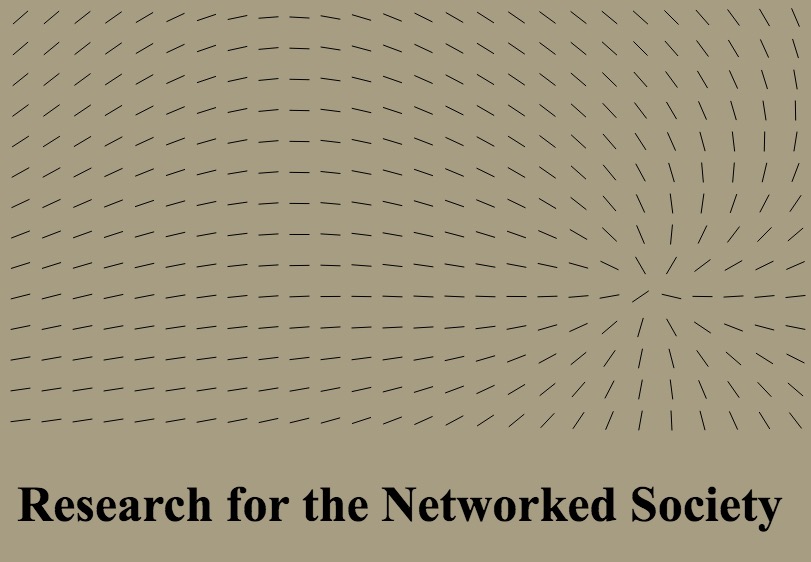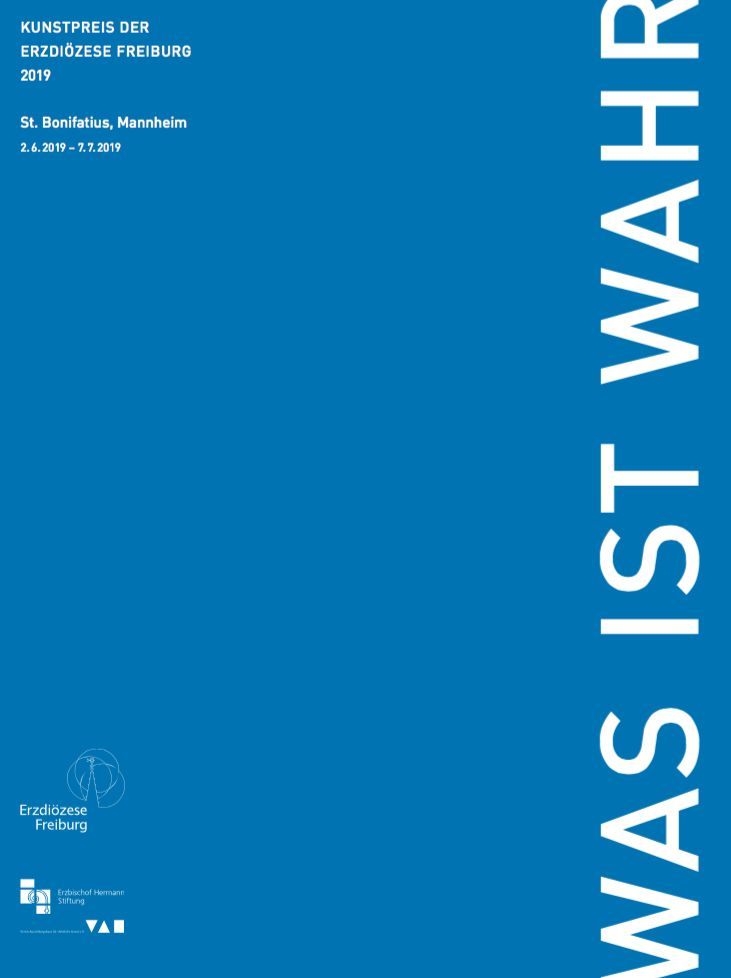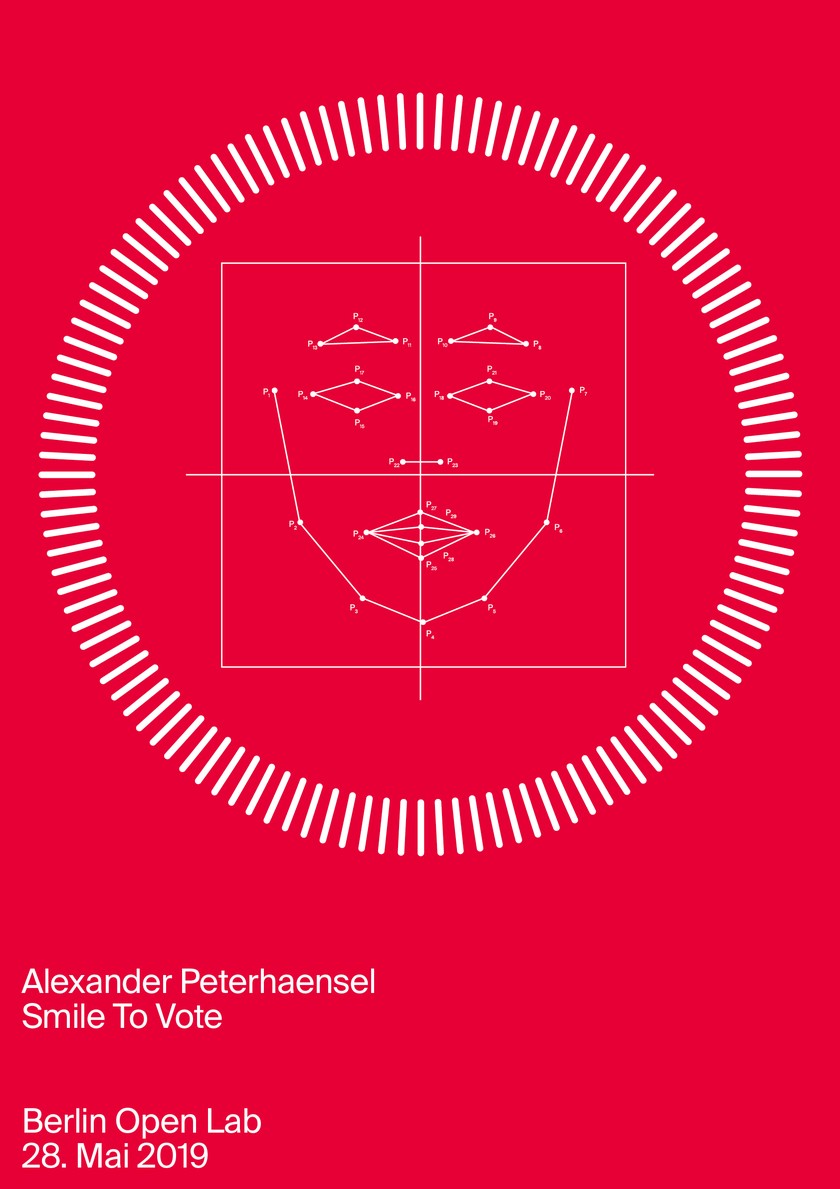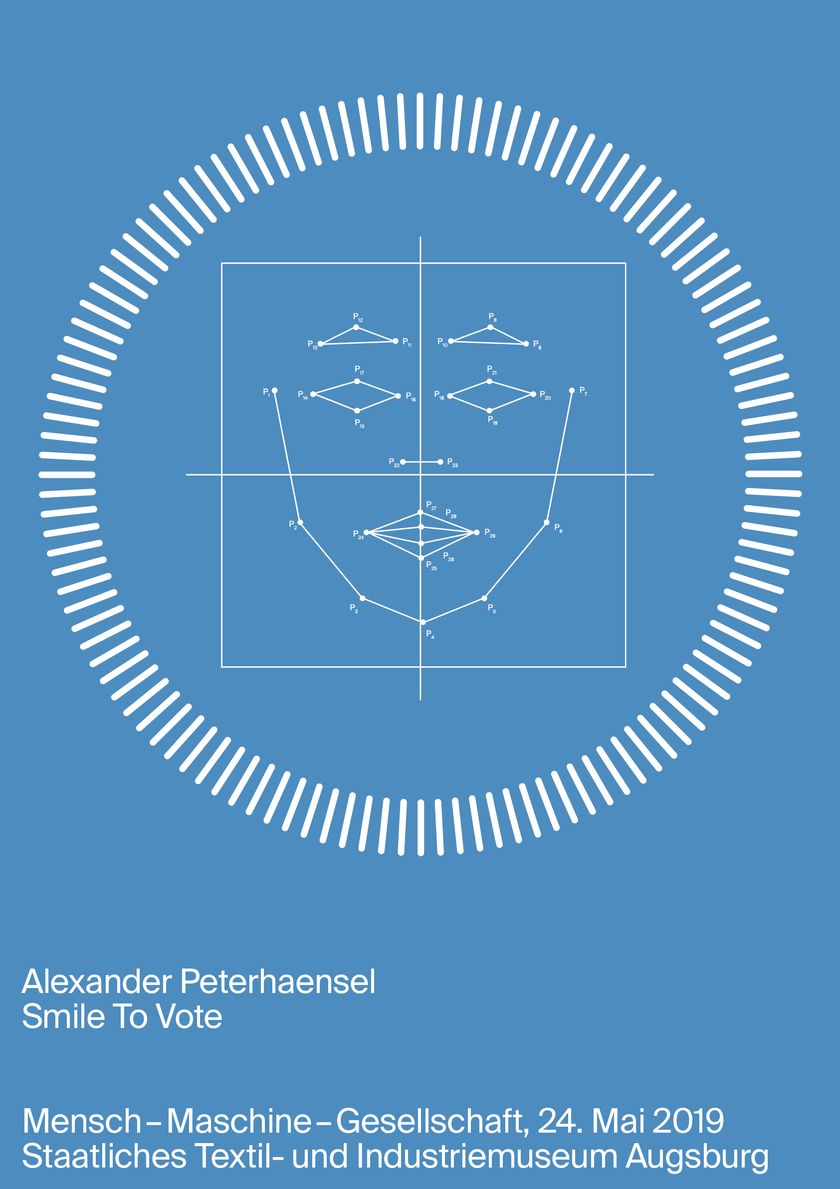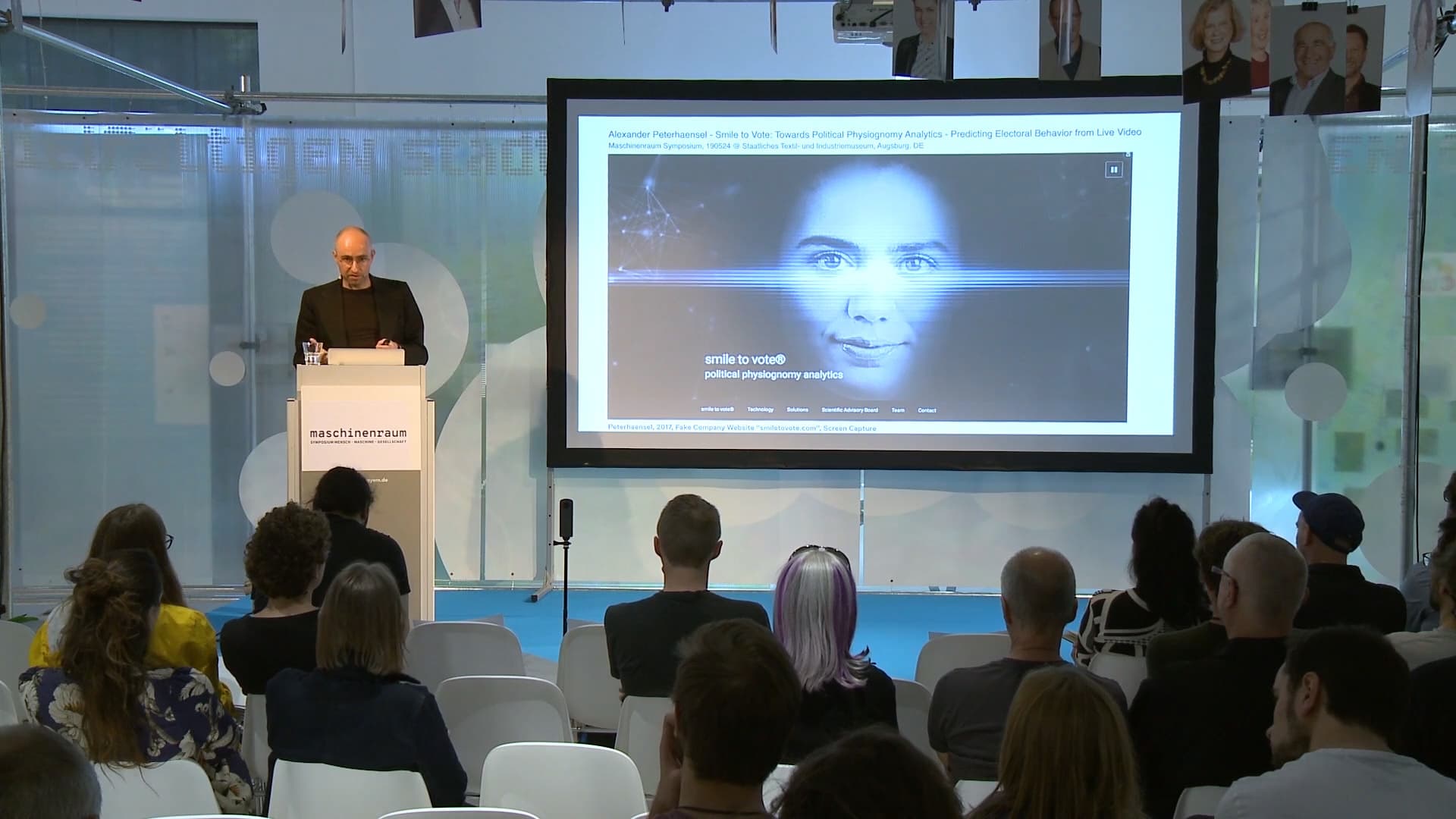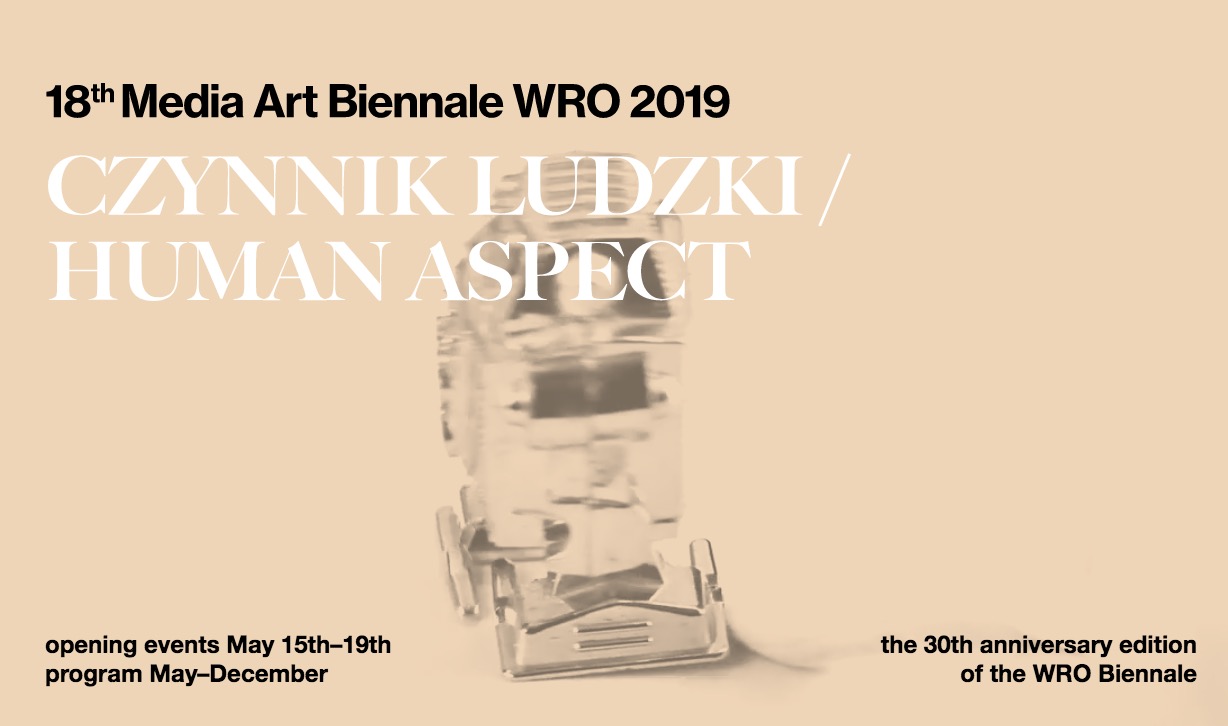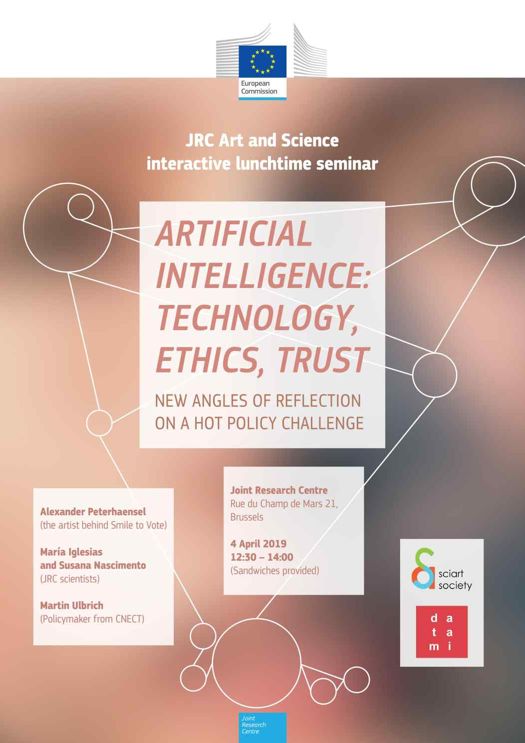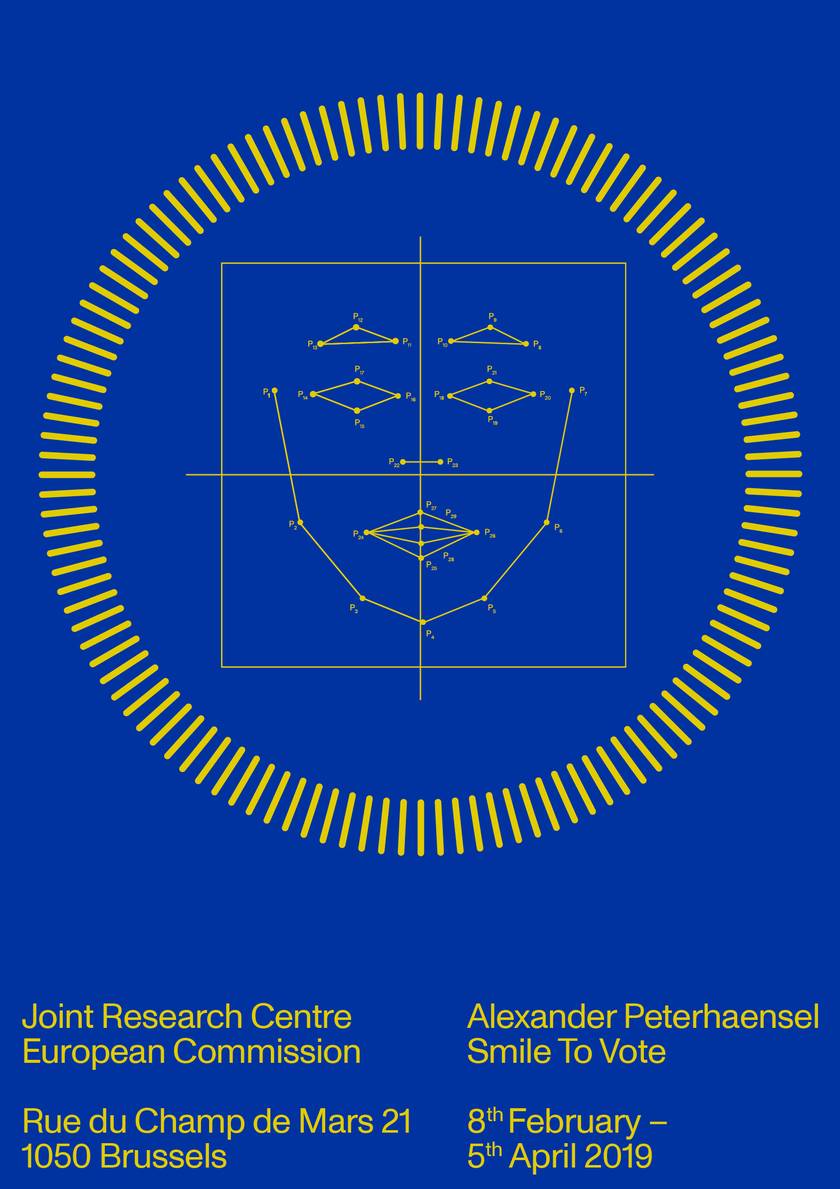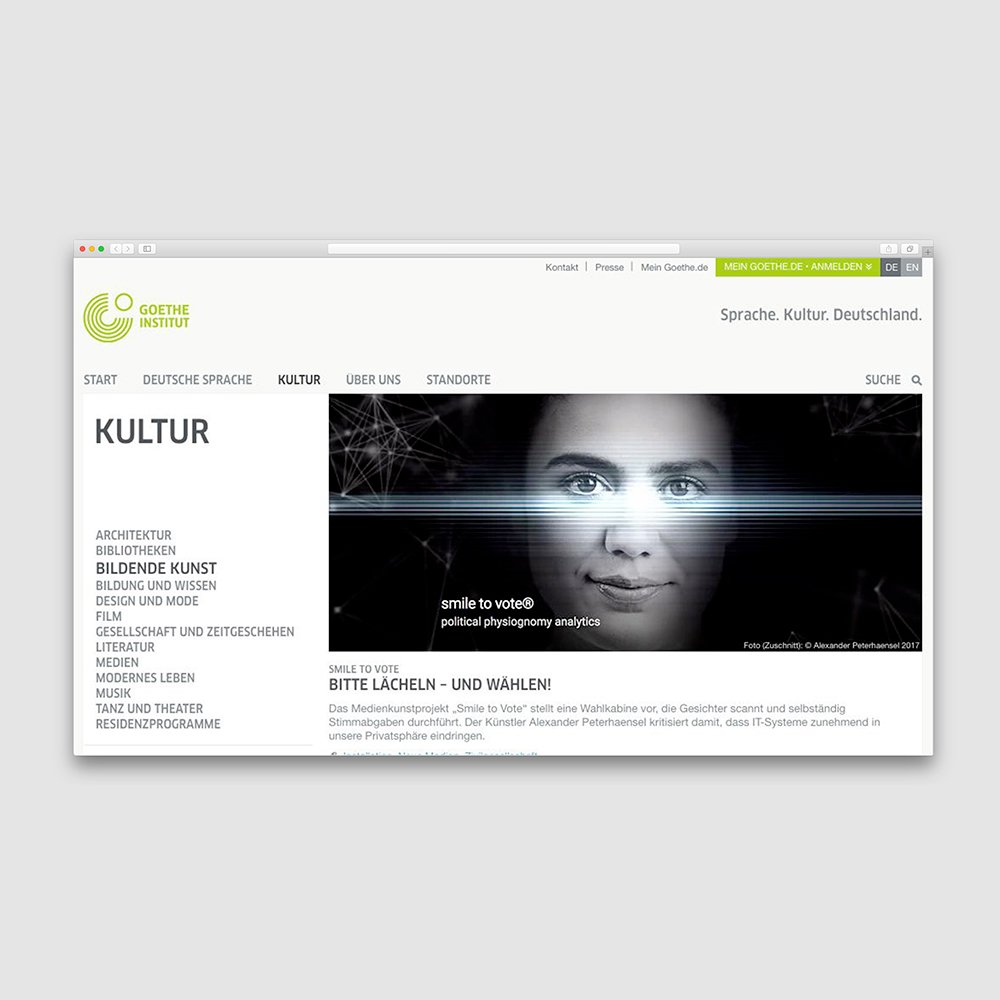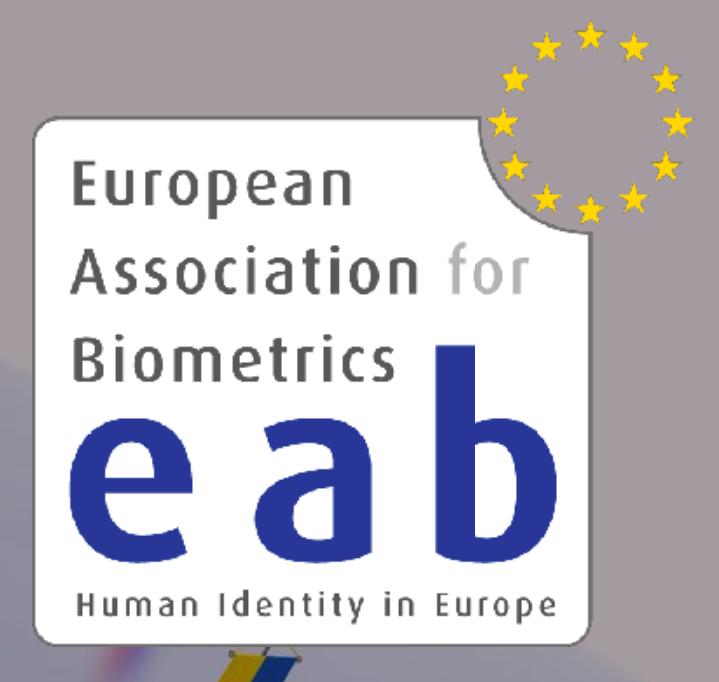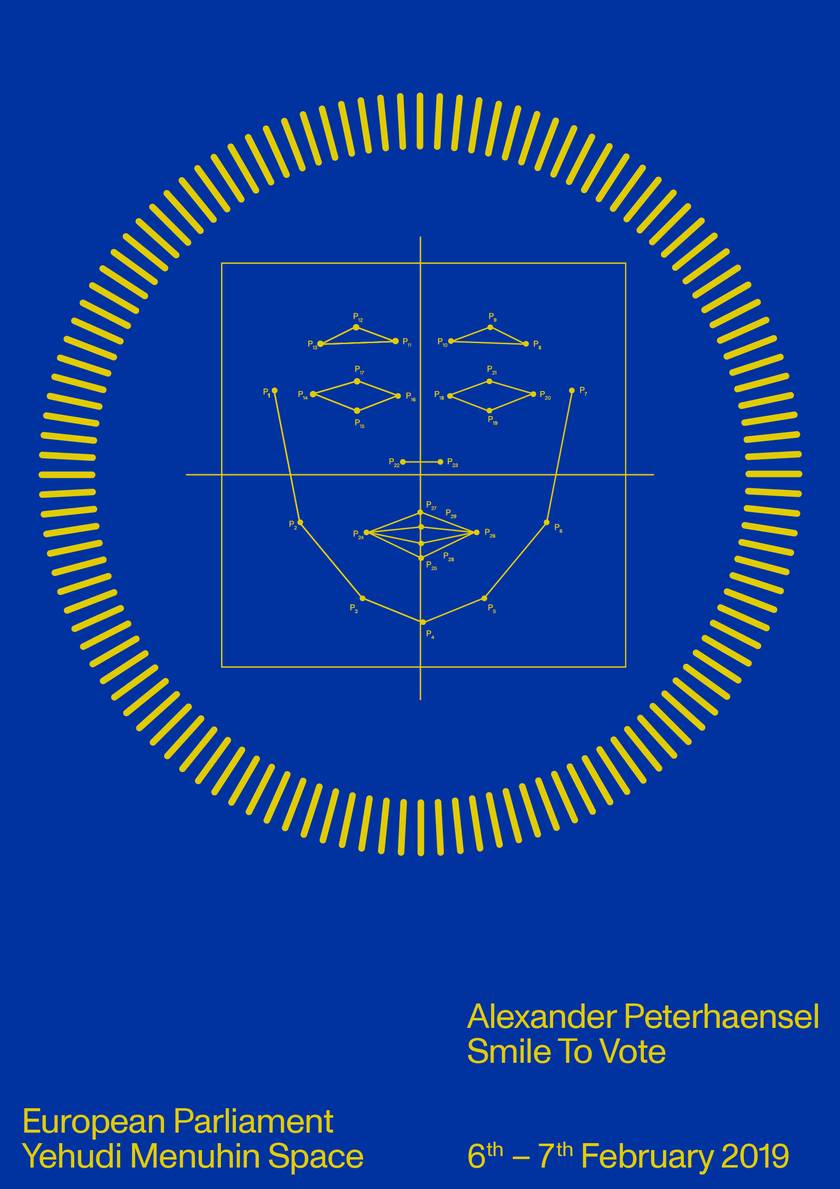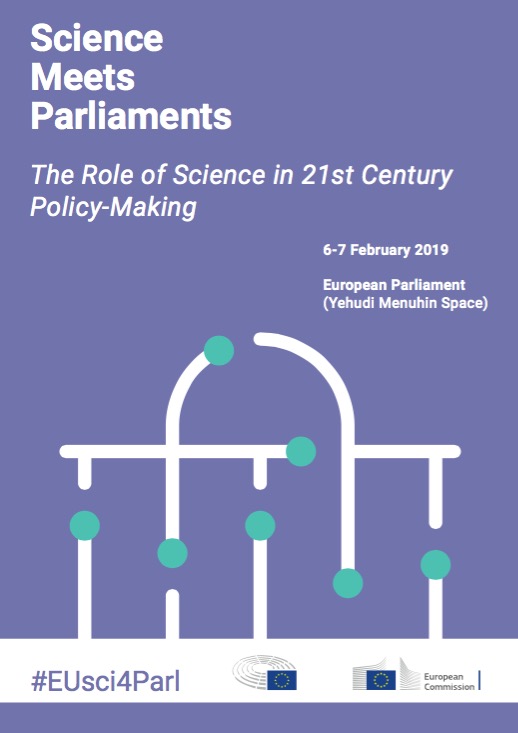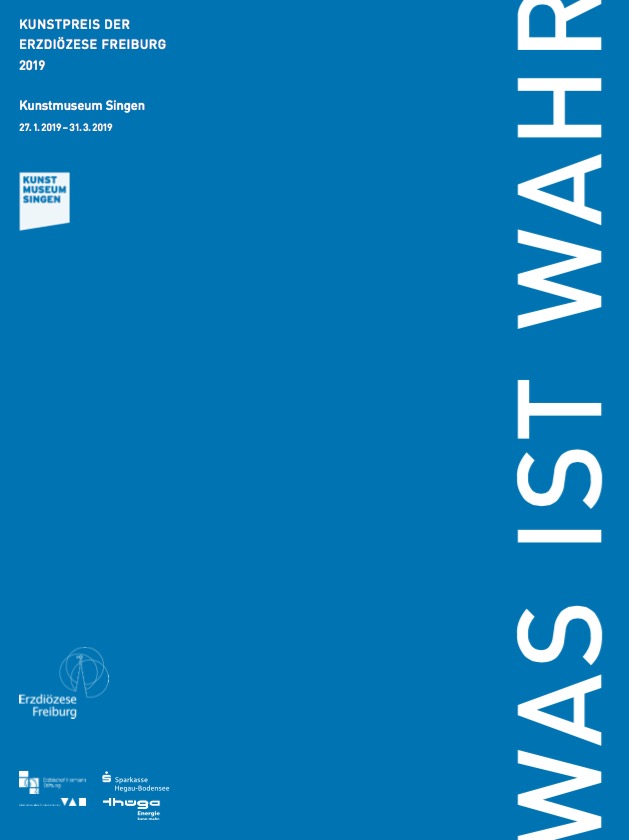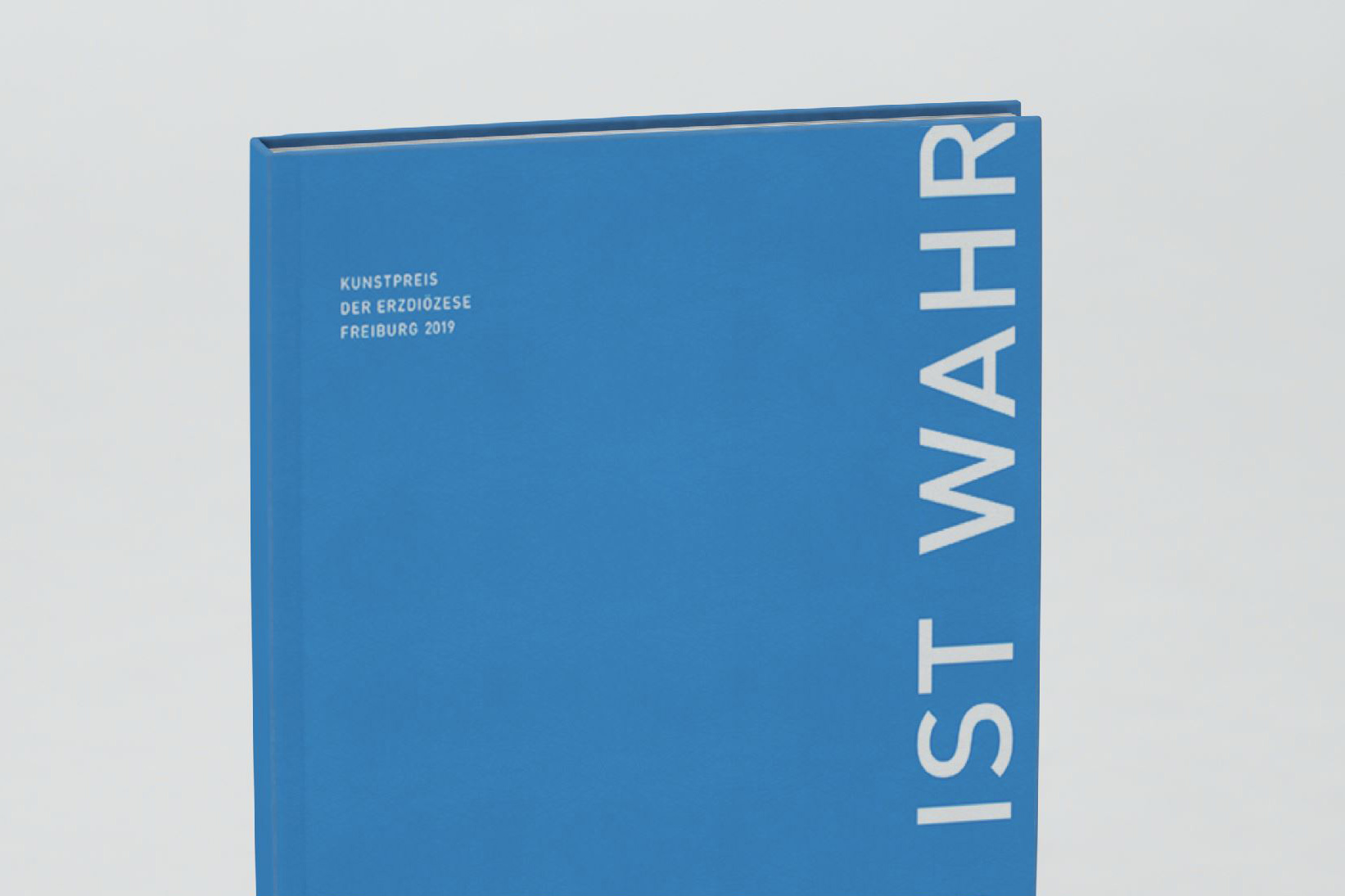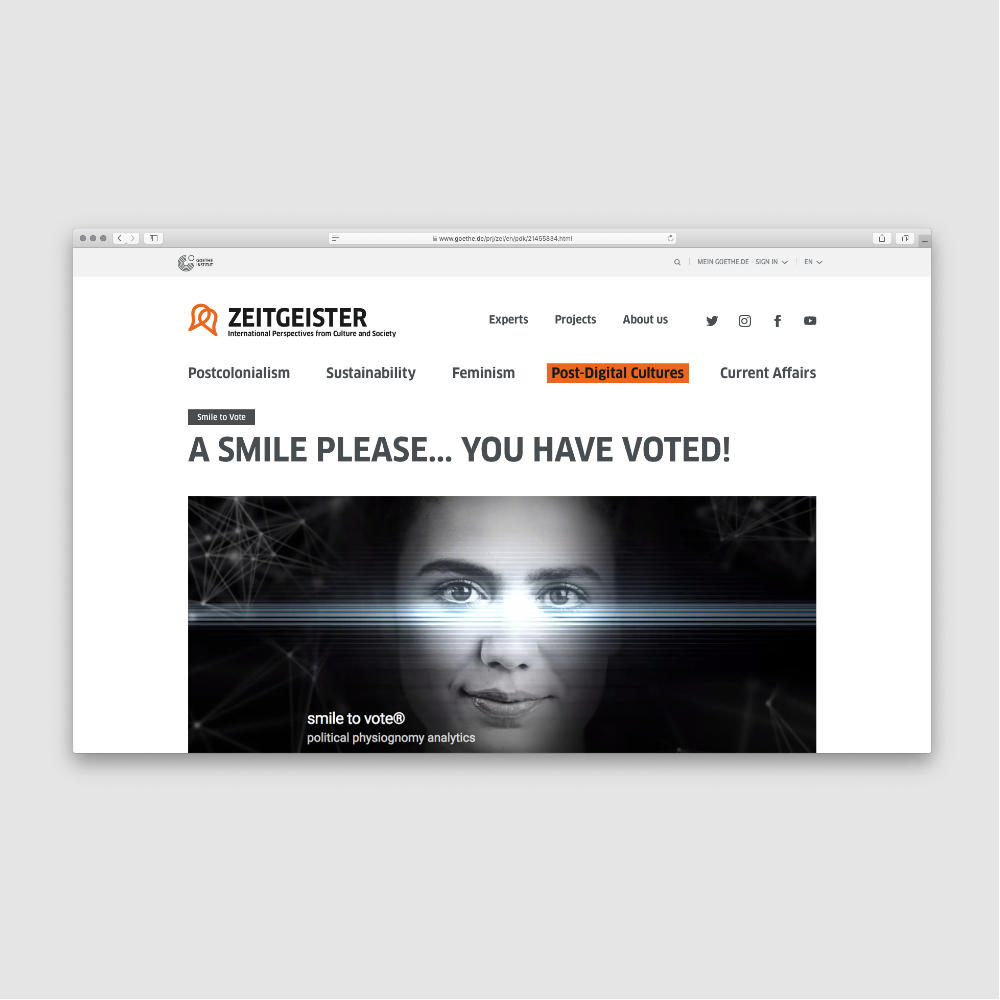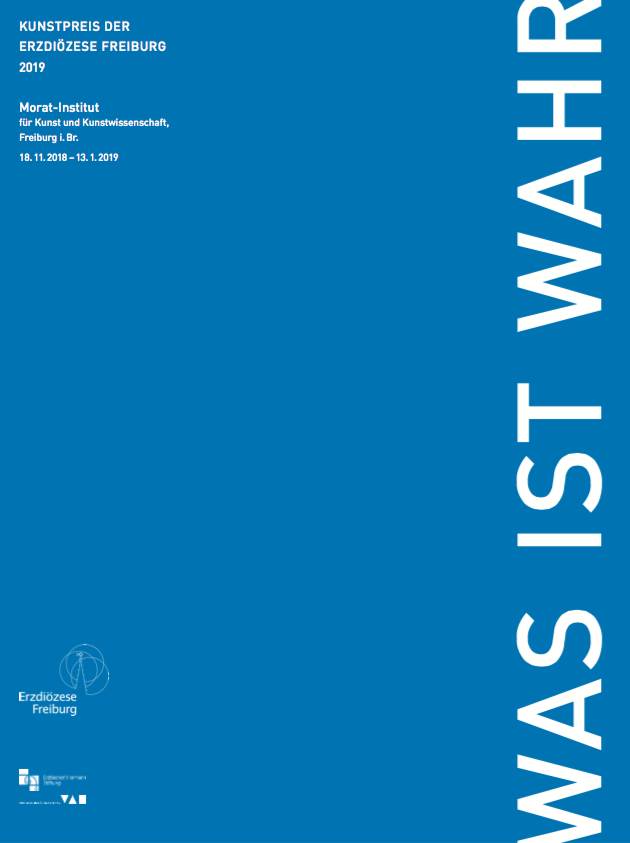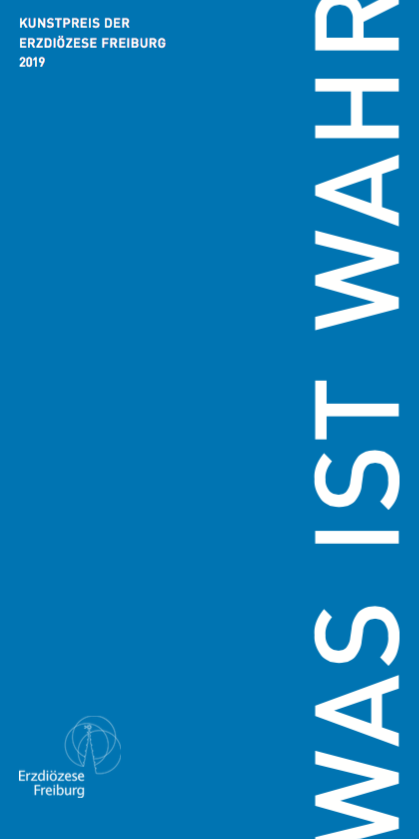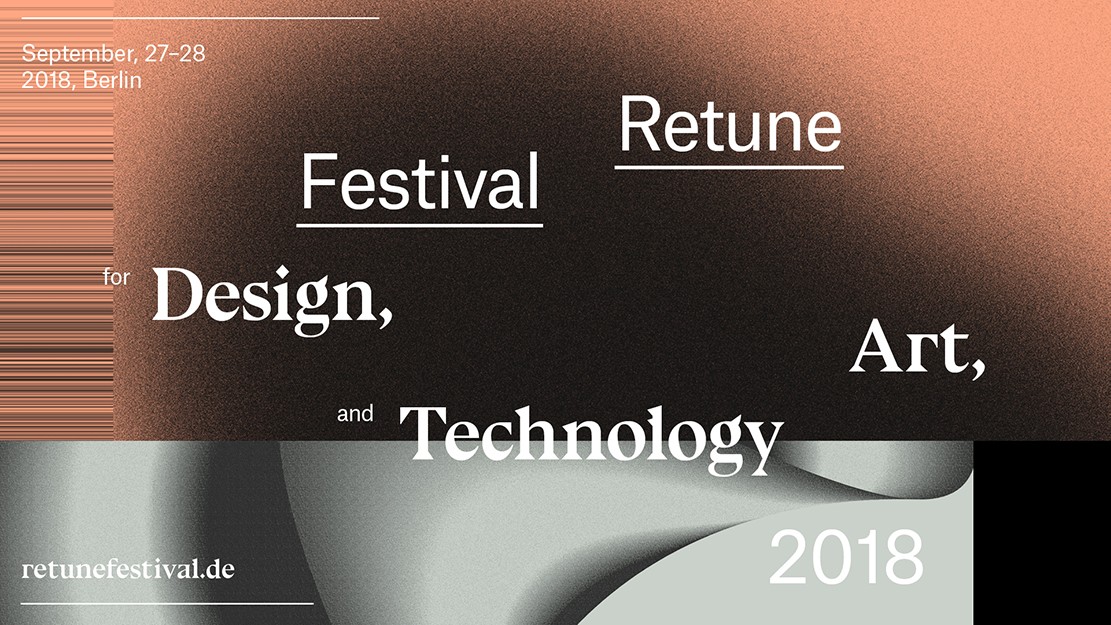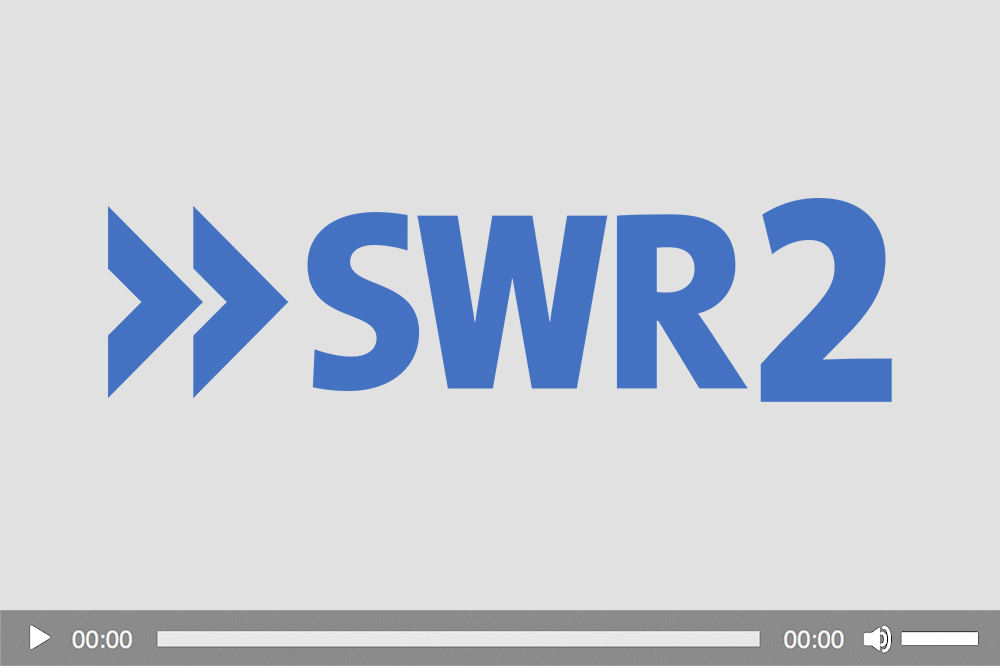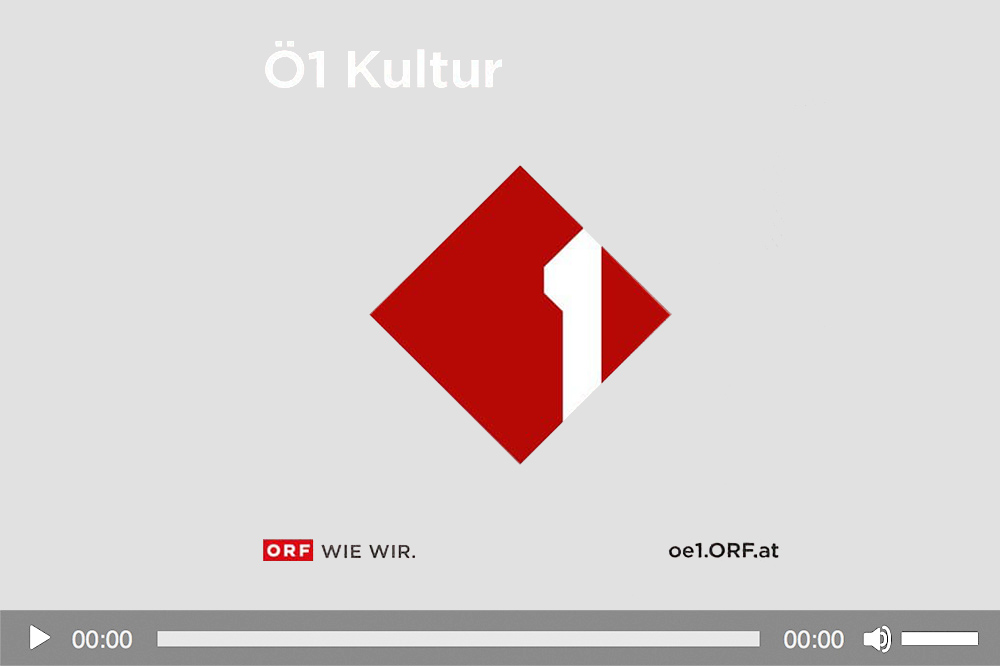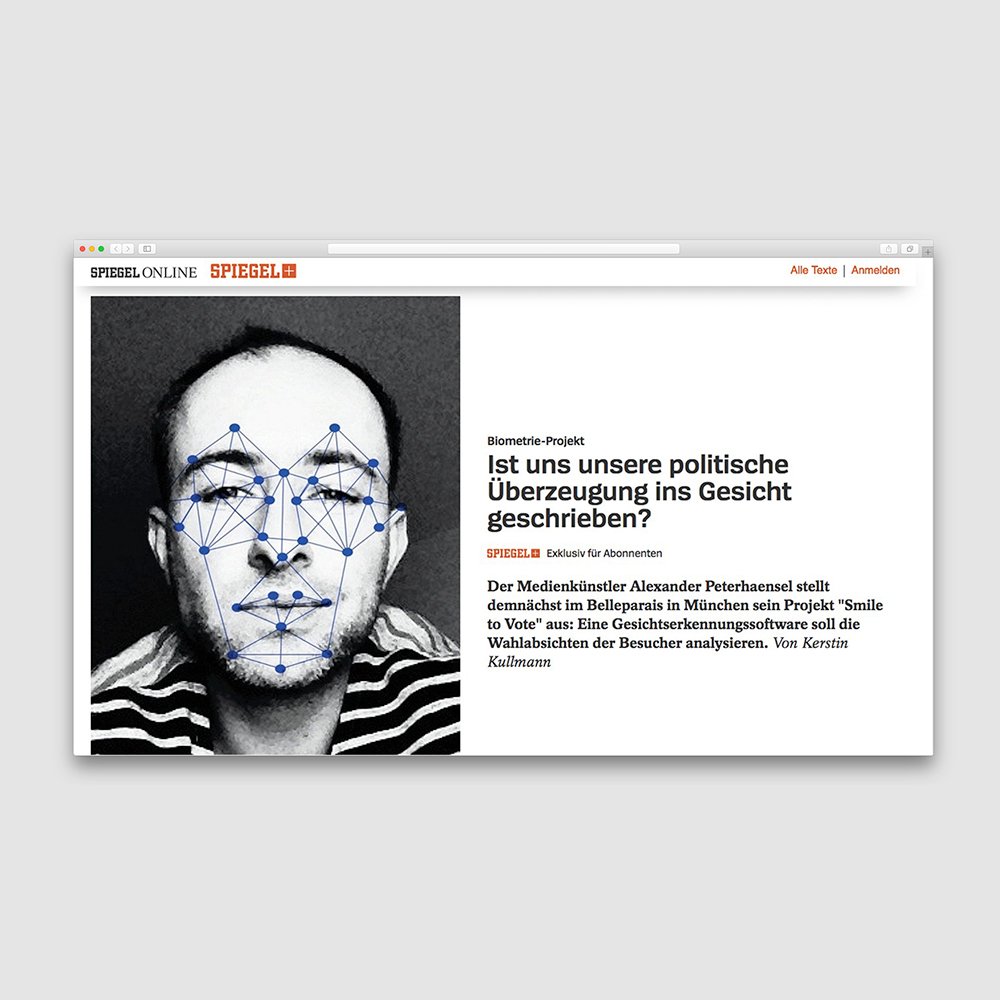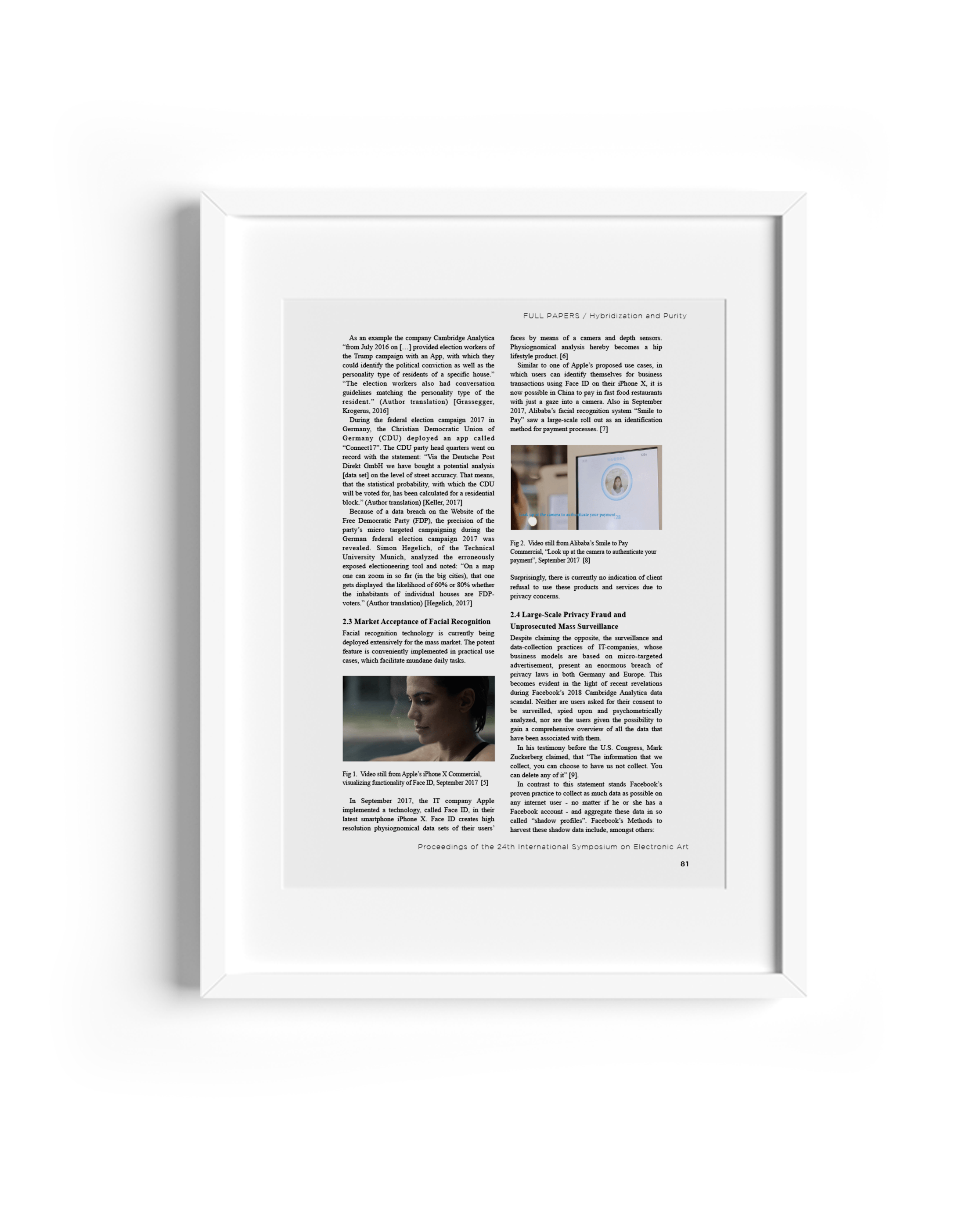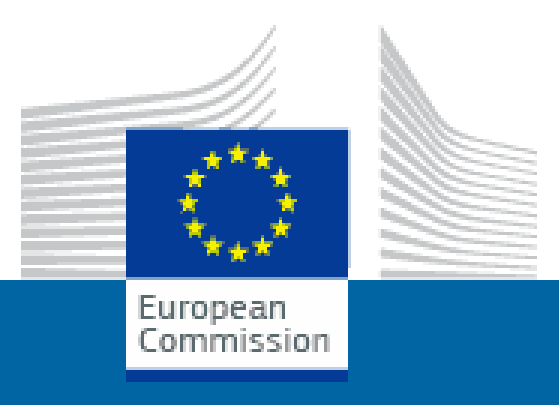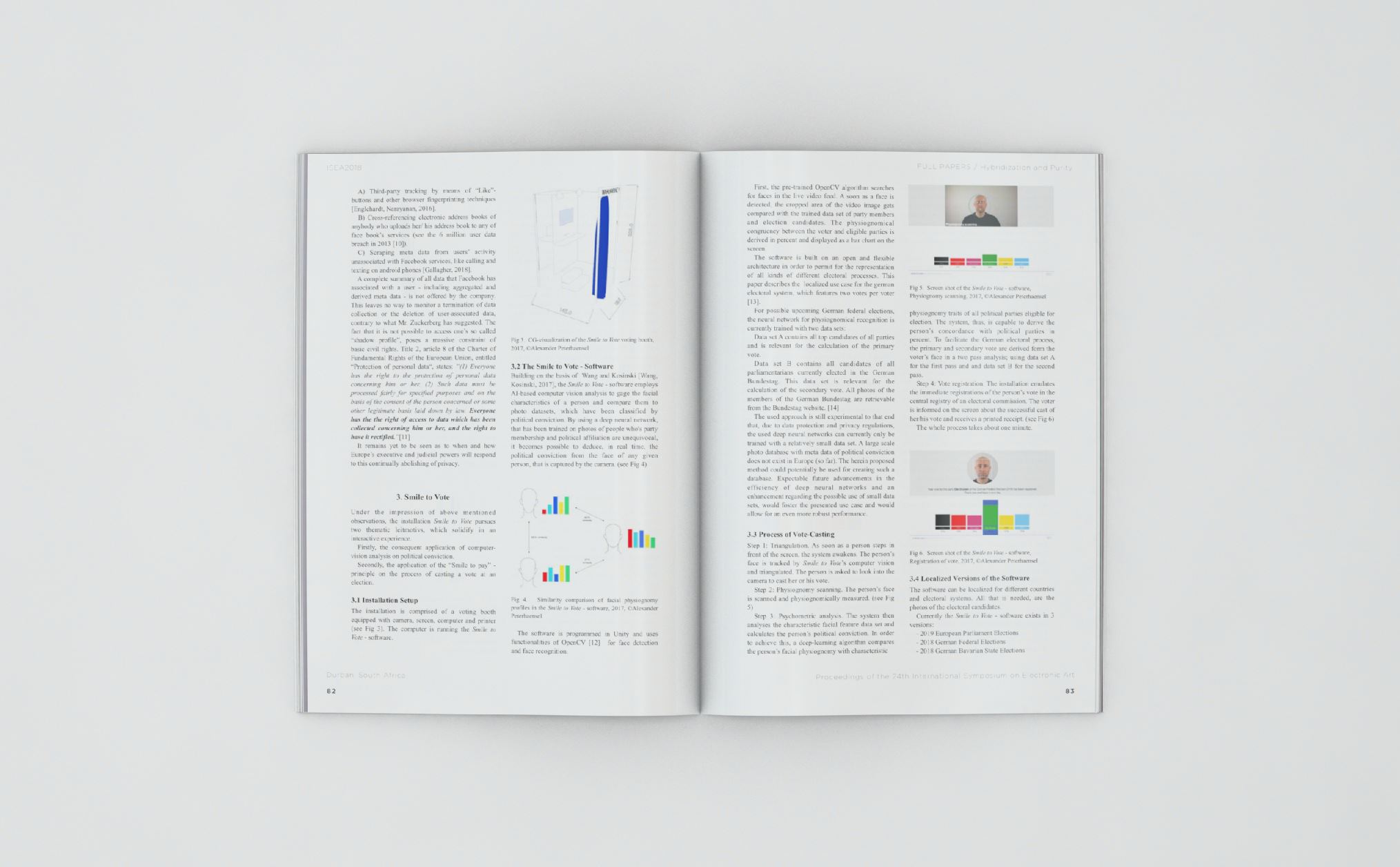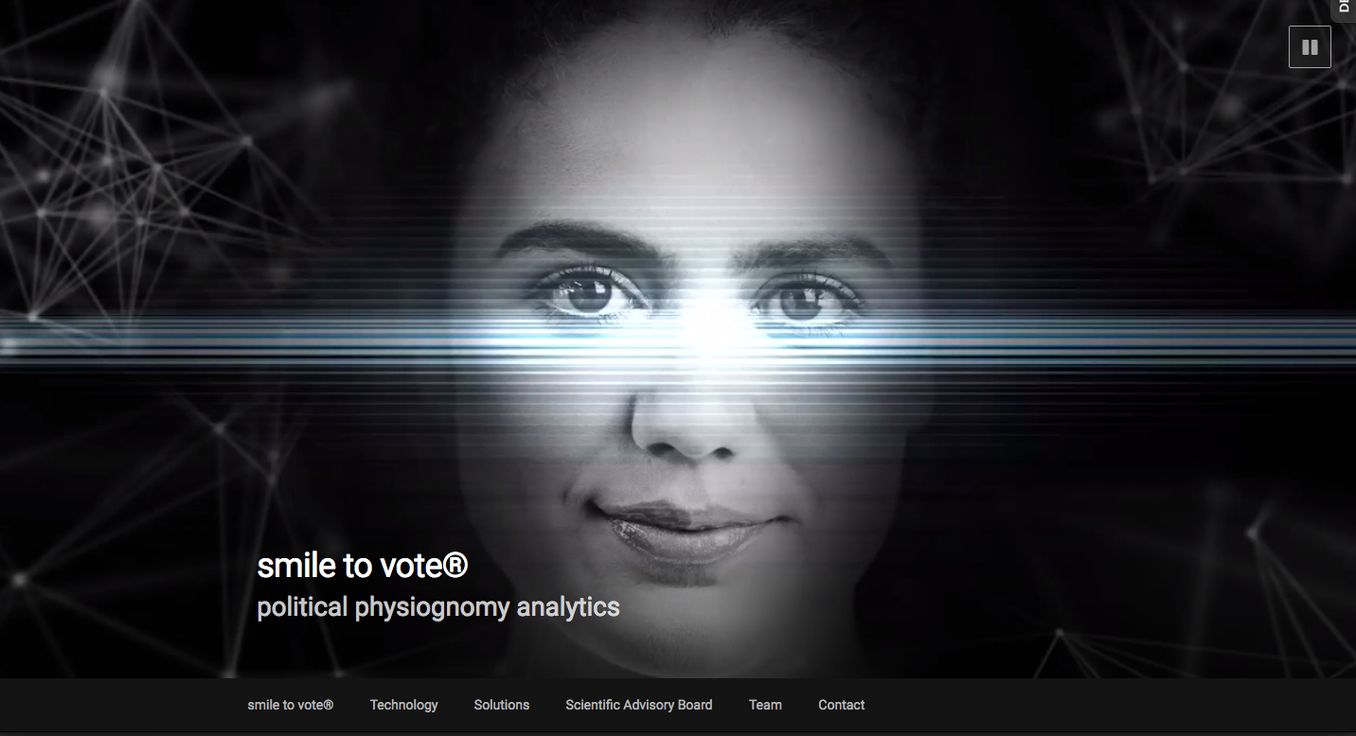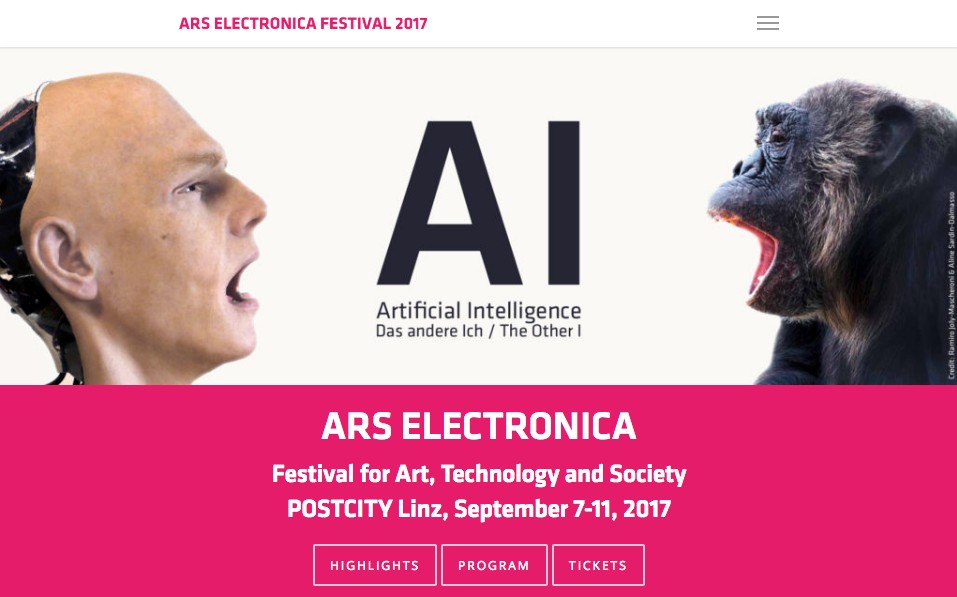Smile to Vote – Political Physiognomy Analytics
Smile to Vote – Political Physiognomy Analytics is an artistic research project discussing the implications of AI-driven biometric scoring methods and their effects on democratic processes, self-determination and privacy in the digital age. The trans-disciplinary research project interweaves scientific and artistic methodologies and spans across multiple media.
Against the backdrop of currently trending AI-driven political campaigns [1], Smile to Vote escalates the latest research findings in the field of psychometrics [2] and merges them with the worry-free big scale implementation of facial recognition systems in life style products and daily business processes [3].
The work addresses the religiously recited aspirations of global IT companies of turning the world into a better place by way of their products, as well as their apparent believe in a superhuman objectivity of algorithmical decision making.
Building on the basis of recent psychometric research [2], combining speculative design, science and art, the project portrays the fictitious GovTech startup “smile to vote” and its cutting edge product with the same name: an ultra efficient e-VOTING BOOTH. By means of AI-based facial scanning, the e-voting booth gages the political conviction of any given person and emulates the process of digitally casting a vote at German, European or Bavarian Parliament elections [4] by simply looking into a camera.
The installation is accompanied by a website and a video, both of which subtly oscillate between the plausible and the fantastical.
The website SMILETOVOTE.COM portrays the fictitious GovTech startup “smile to vote”, while casting a spotlight on the currently hyped IT startup culture and its delusional feasibility fantasies, which seemingly have been decoupled from ethical and moral groundings.
The video PREDICTING ELECTORAL BEHAVIOUR FROM LIVE VIDEO, ironically mimicking the standardized aesthetics of scientific presentational videos, explains the step-by-step process of casting a vote with the Smile to Vote e-voting booth and gives insight into the functionality and used AI-methodology of the art piece.
The research paper “Smile to Vote: Towards Political Physiognomy Analytics – Predicting Electoral Behavior from Live Video”, which explains the scientific background of the piece, was published in the double-blind peer-reviewed proceedings of the ISEA2018 conference.
Interaction with the Smile to Vote – voting booth translates the complex ramifications of delegating decision making to IT systems into an aesthetic experience, and therefore makes these ramifications immediately perceptible and intuitively comprehensible for the recipient. The work confronts us with the implications for political processes as well as for our understanding of self-determination and freedom of will, once privacy is phased out for good and predictability of our very behavior through IT systems becomes ubiquitous.
[1] see. strategic use of big-data-mining and micro trageting by election campaigns during the Presidential Elections in the USA 2016, the Brexit Referendum in the UK 2016, the Presidential Elections in France 2017, the Federal Elections in Germany 2017
[2] see. Wang, Kosinski, 2017, Deep Neural Networks Are More Accurate Than Humans at Detecting Sexual Orientation From Facial Images
[3] see. Large scale rollout of Apple’s “FaceID” (09.2017) and Alibaba’s “Smile to Pay” (09.2017)
[4] Current versions of the voting booth support German Federal Elections, EU Parliament Elections and Bavarian Parliament Elections. Previous versions supported the 2019 EU Parliament Elections, German Federal Elections in 2012 and 2021 and the Bavarian Parliament Elections in 2018 and 2023.
Exhibitions – Presentations
ZKM, Karlsruhe, DE (since 2024)
Futurium, Berlin, DE (since 2019)
2024/02, Artist Talk, ZKM, Karlsruhe, DE
2023/11, Falling Walls Science Summit, Berlin, DE
2023/03, Artist Talk, Futurium, Berlin, DE
2022/10, Workshop, Futurium, Berlin, DE
2021/10, Lab30, Augsburg, DE
2020/08, Universidade de São Paulo, BR
2020/03, Artist Talk, Futurium, Berlin, DE
2019/11, Academy of Fine Arts Munich, DE
2019/10, State Studio, Berlin, DE
2019/07, Pohoda Festival, SK
2019/07, Weizenbaum-Institute, Berlin, DE
2019/06-07, St. Bonifatius, Mannheim, DE
2019/05, Berlin Open Lab, Berlin, DE
2019/05, Symposium MASCHINENRAUM, Staatliches Textil- und Industriemuseum, Augsburg, DE
2019/05, 18th Media Art Biennale, Wroclaw, PL
2019/03, European Association of Biometrics, Darmstadt, DE
2019/02-05, European Commission, Joint Research Centre, Brussels, BE
2019/02, European Parliament, Brussels, BE
2019/01-03, Kunstmuseum, Singen, DE
2018/11, University of the Arts, Berlin, DE
2018/11-2019/01, Morat-Institut, Freiburg, DE
2018/11, 35th Kassel Documentary Film and Video Festival
2018/09, Retune Festival, Berlin, DE
2018/09-10, Belleparais, Munich, DE
2018/09, Ars Electronica, Linz, AT
2018/06, European Commission, Joint Research Centre, Ispra, IT
2018/06, ISEA2018, Durban, SA
2018/05, republica 18, Berlin, DE
Press
2021/03, Feature, ZDF Aspekte, DE
2019/10, Article, Der Standard, AT
2019/09, Radio Feature, RBB Inforadio, DE
2019/09, Article, ZDF, DE
2019/09, Article, Süddeutsche Zeitung, DE
2018/12, Feature, Goethe-Institut Magazine, DE/EN
2018/09, Interview, SWR2, DE
2018/09, Interview, B5, DE
2018/09, Interview, Ö1, AT
2018/09, Interview, Der Spiegel, DE
Awards
2023: Finalist for the Science Breakthrough of the Year 2023 in the category Art and Science, Falling Walls Science Summit, Berlin
2018: Nomination, Kunstpreis der Erzdiözese Freiburg
Acknowledgements and Credits
Research Lead & Artistic Direction: Alexander Peterhaensel
Executive Production: audiovisual architectures lab
Research Assistance & Software Development: Julian Netzer
Research Assistance & Production Assistance: Christopher Höhn
Carpentry: Max Bilger, Konstantin Hildebrand
Cast: Anna Anders, Julian Netzer
Voiceover: Adam Gardiner
Photography: Timo Ohler
Support: University of the Arts Berlin, European Commission
